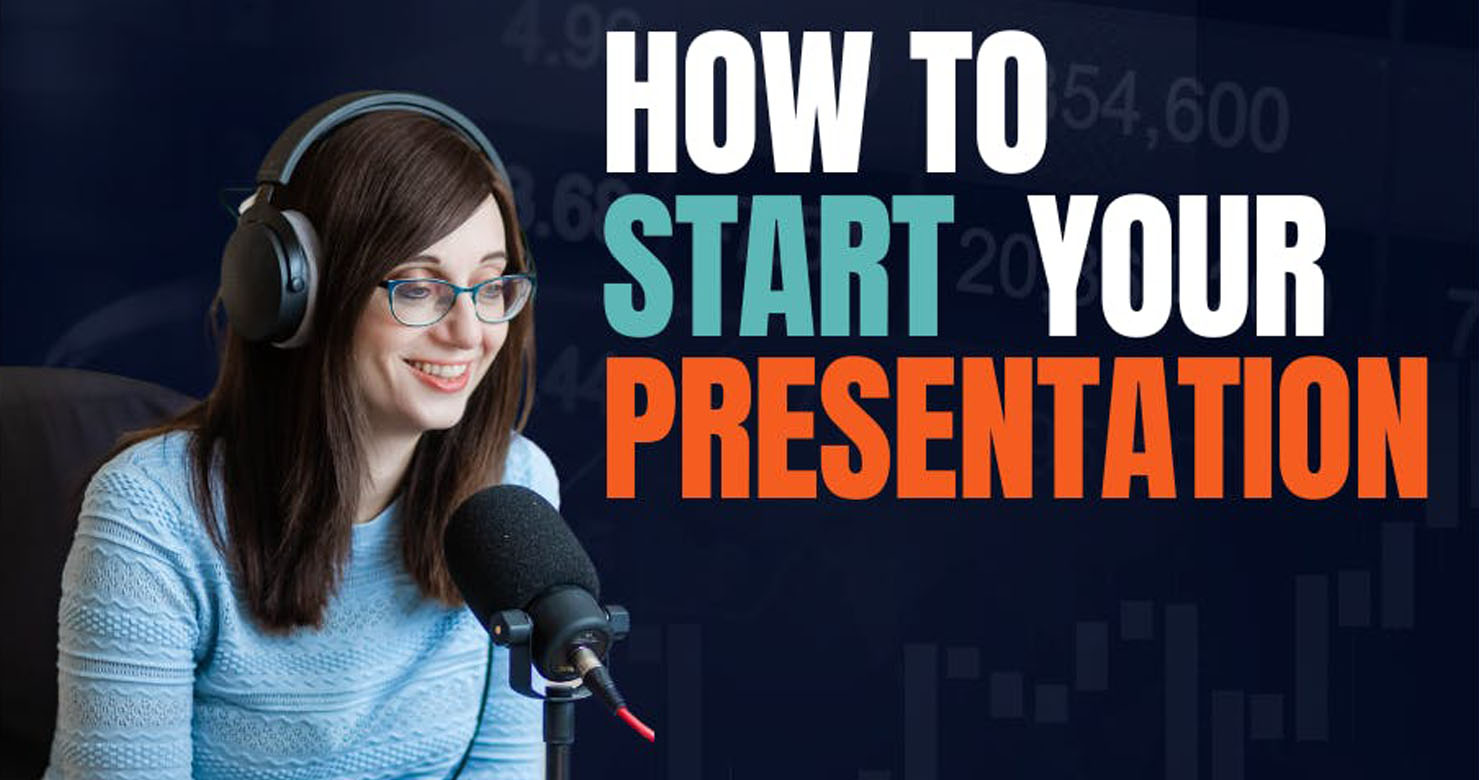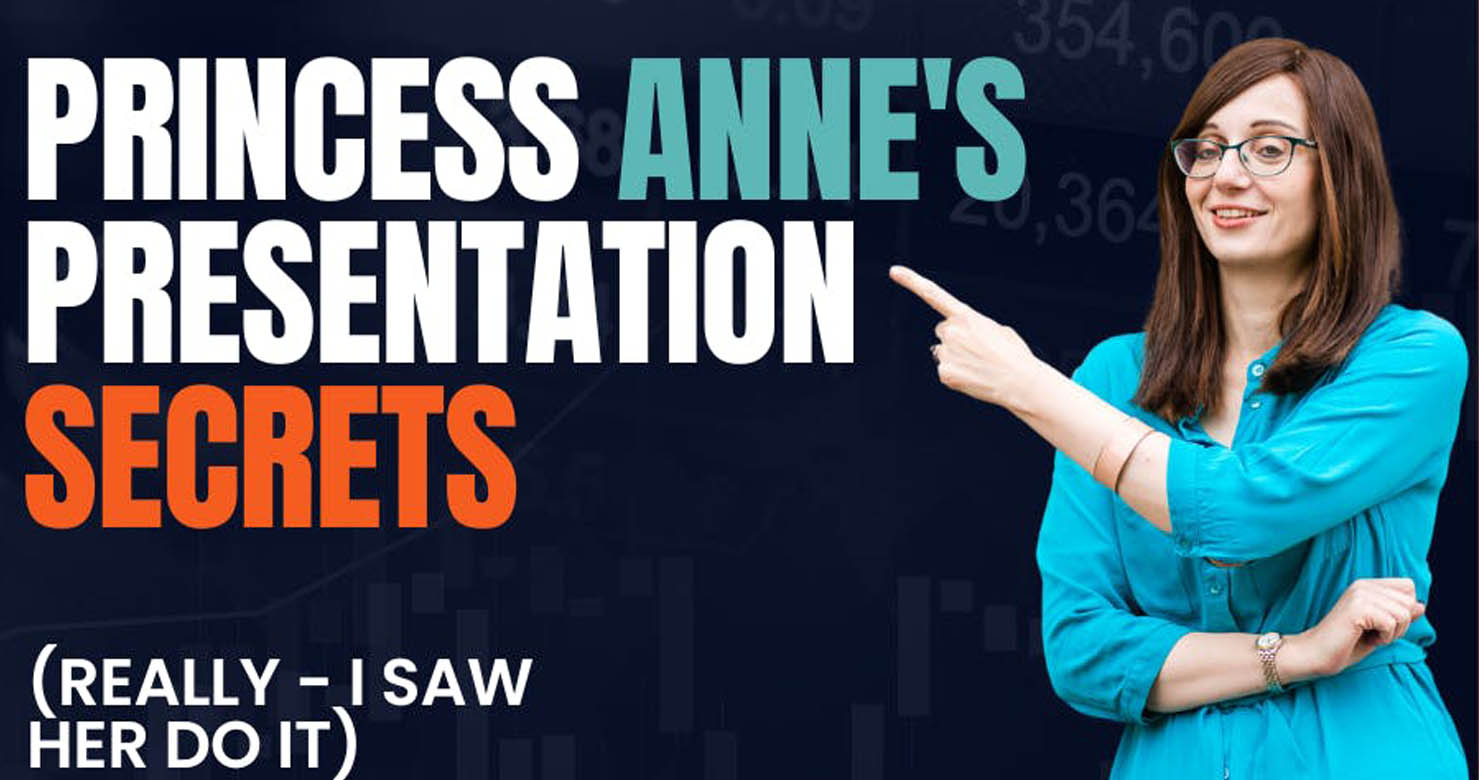
Your slides can make or break your presentation.
We’ve all watched talks that are destroyed by terrible slide decks.
Over the past 5 years, I’ve reviewed over 300 slide decks. Most people make the same mistakes.
Here are the 10 best tips I can give you to crush your next presentation:
1: Stick to one idea per slide.
When you have too much content, that’s often because you are trying to convey too much in one slide.
Instead, strip it all back.
Only include one idea per slide.
Then talk about your idea.
This makes it meaningful for your audience.
Don’t cram everything together.
2: Don’t use your slides as a script.
This is the most common worry people have:
Q: “How will I remember what to say?”
A: If you need to do so, use notes.
Your slides AREN’T your memory aid, they are to enhance your message.
If you need a memory aid, print yourself off some notes, or use presenter notes on PowerPoint itself.
Don’t put it all on the slides to make YOU feel better.
The slides are for your audience, not for you.
3: Remove redundant content.
This is true for most things in life.
Your goal should not be to throw everything your know at your audience, and write it all on your slides.
Instead, you should be more concerned about sharing what adds value for them.
Cut out everything that doesn’t need to be there.
4: Have a minimum 30-point size.
What the audience cares about isn’t which font you choose.
It’s that they are actually able to read what’s on your slides.
Don’t use tiny font sizes.
It might help you squeeze more in, but if they can’t read it then it’s totally useless.
5: Don’t use bullet points.
Of course, there are exceptions.
But bullet points are simply a way for you to squish more content onto your slides.
They encourage you to read right from them.
This doesn’t benefit the audience, it just benefits you.
6: Max 20 words per slide.
More than 20 words and you’re trying to put too much content there.
Remember Rule #2 – your slides aren’t your script. They are there to add value for your audience.
Cut down the word count!
7: Have one image per slide.
Packing lots of overlapping images onto a slide is distracting.
The audience has too much to look at. Their eyes dart around the screen.
They stop paying attention to you.
One image per slide is adequate.
Keep it simple.
8: Edit edit edit.
It takes people a long time to learn this one.
A great slide doesn’t need everything you want to say on it.
Instead, it’s about editing over and over again—until eventually, you only have what truly helps your audience.
Keep going back and asking: what can I take out?
9: Have fewer slides than the number of minutes of your talk.
Most people who try to reduce the number of slides think they won’t remember what to say.
In fact, it’s the opposite.
When you create content in a way that flows, you’ll be present + connected.
You won’t need the slides as a crutch.
The slides aren’t your content, your words are your content.
10: You aren’t the exception.
This one is my favorite.
Whether you are a scientist, a data technician, or an engineer, these principles still apply.
The slides are for your audience, not for you.
It doesn’t matter what field you are in. There are no exceptions.




